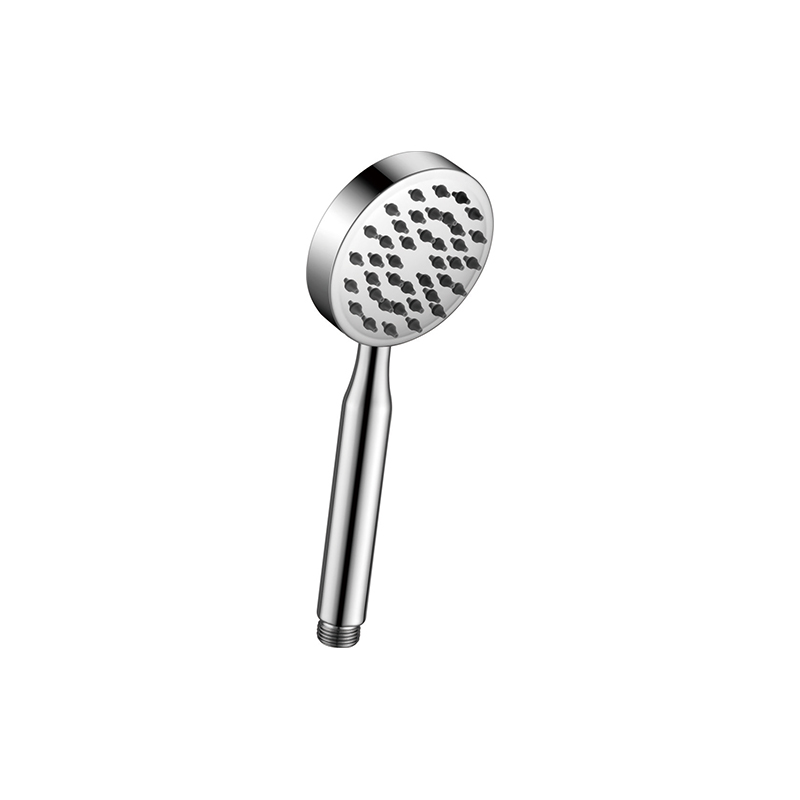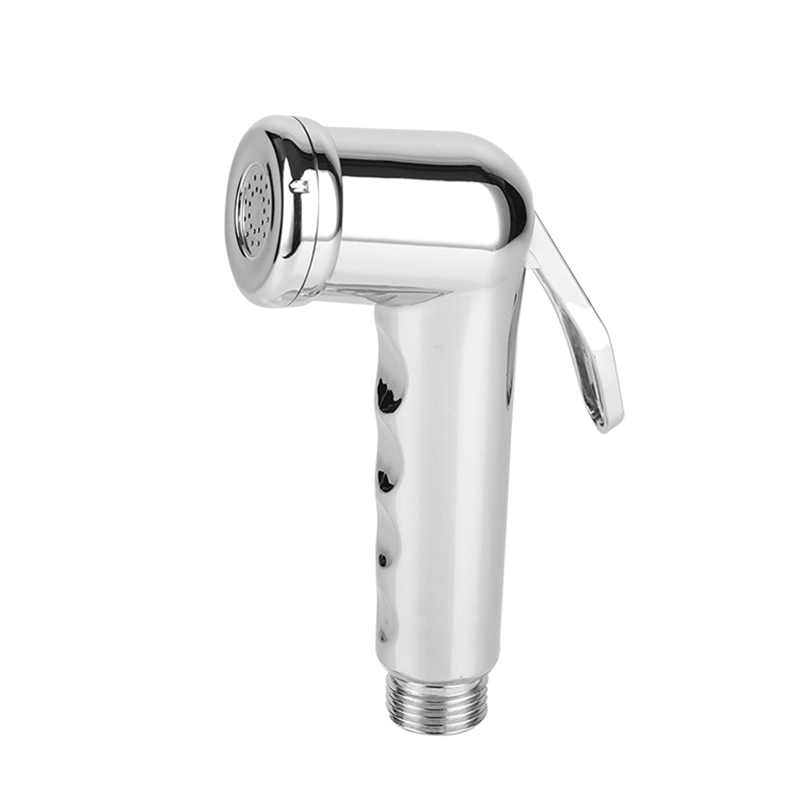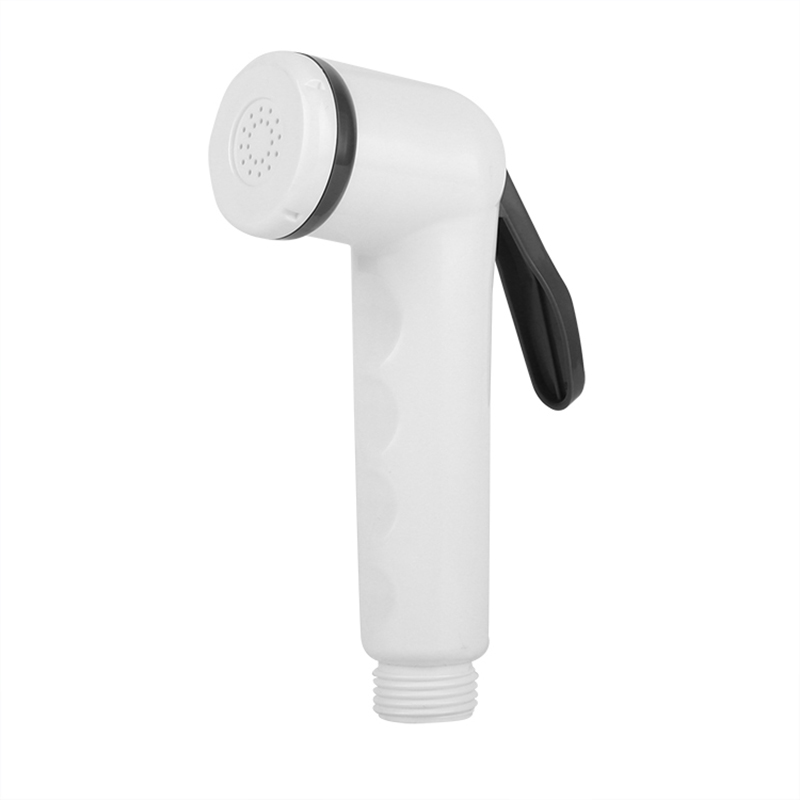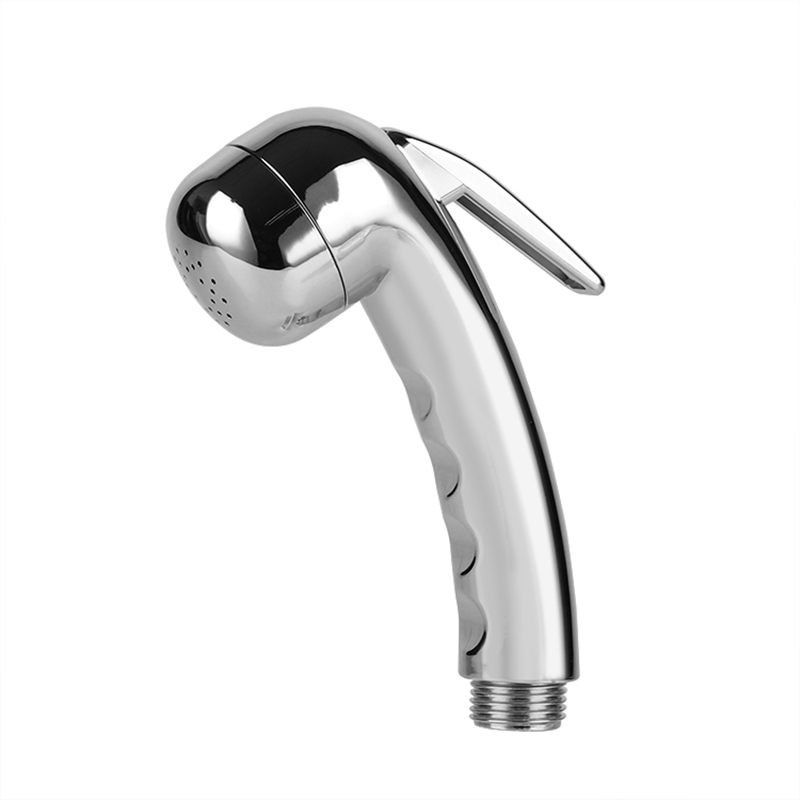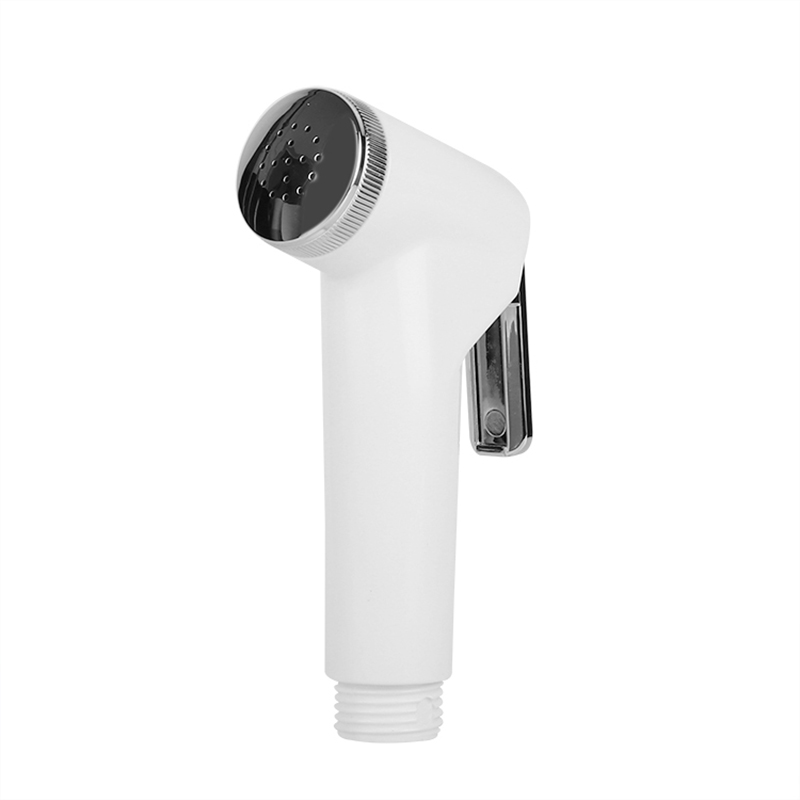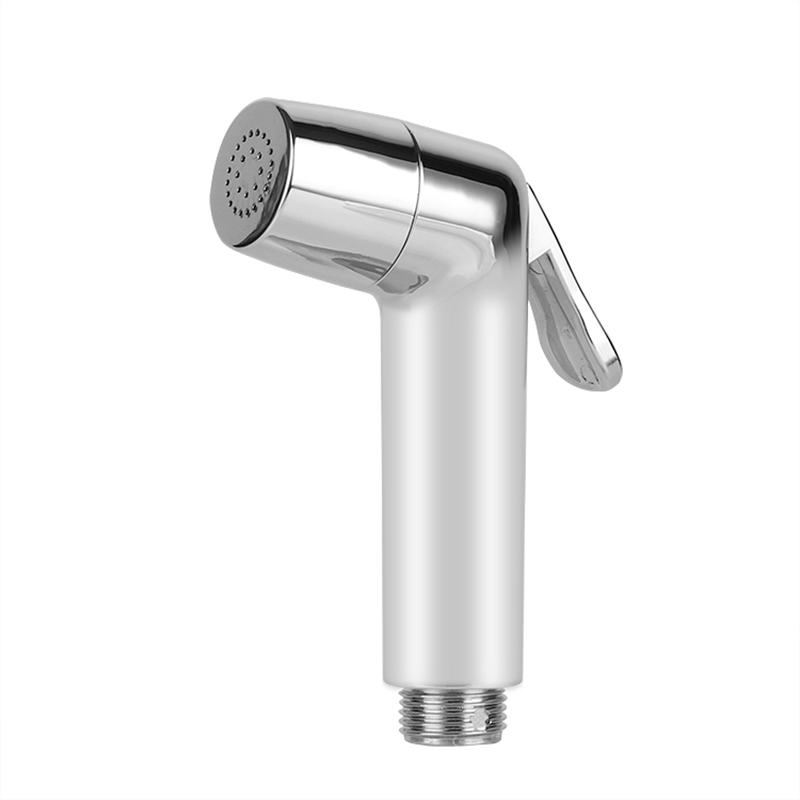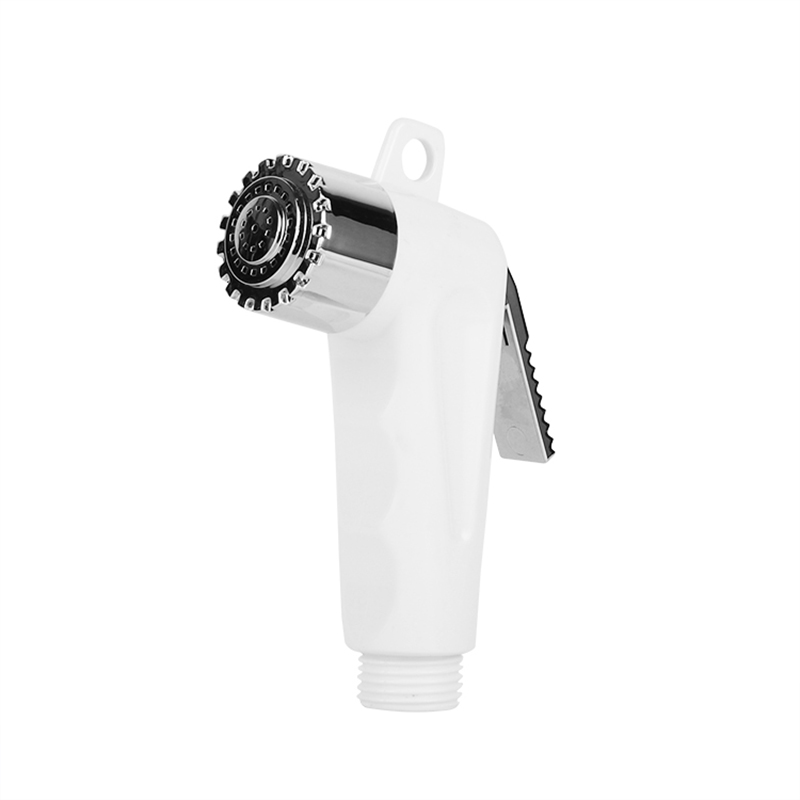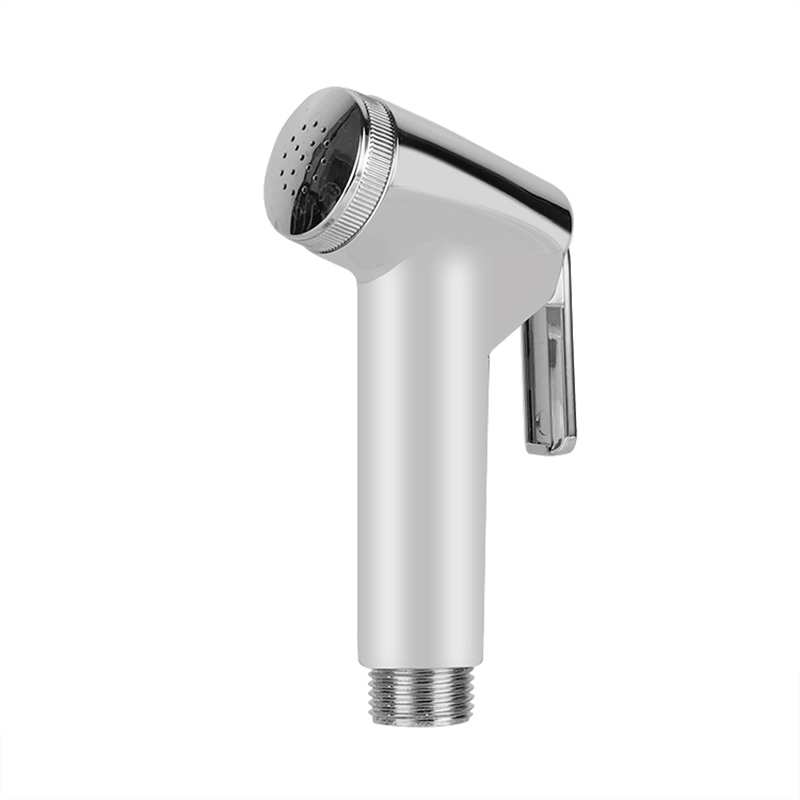Stainless steel shower flexible hoses are popular for their durability, sleek appearance, and flexibility. However, like any bathroom fixture, they require regular care to prevent buildup, maintain their luster, and ensure long-lasting performance. Proper cleaning and maintenance are straightforward but essential.
Why Maintenance Matters:
While inherently resistant to rust, a stainless steel shower flexible hose is still susceptible to mineral deposits (limescale), soap scum, hard water stains, and superficial surface marks. Neglecting these can dull the finish, impede water flow over time, and potentially lead to degradation under the braid.
Essential Cleaning & Maintenance Steps:
Daily/Post-Use Rinse (Preventative Care):
After each shower, briefly run cool water through the showerhead and along the entire length of the stainless steel shower flexible hose.
Gently shake the hose to dislodge excess water droplets.
Wipe down the exterior of the stainless steel shower flexible hose with a soft, clean, dry microfiber cloth or towel. This simple step prevents water spots and minimizes mineral buildup.
Weekly/Monthly Cleaning (Light Buildup):
Prepare a Cleaning Solution: Mix a mild solution. Options include:
Warm water with a few drops of gentle dish soap.
Equal parts white vinegar and warm water (effective for early mineral deposits). Avoid full-strength vinegar for routine cleaning.
Wipe Down: Dampen a soft cloth, sponge, or non-abrasive microfiber cloth in the solution. Wipe the entire exterior surface of the stainless steel shower flexible hose thoroughly. Pay attention to areas near connections and under folds.
Rinse & Dry: Rinse the hose well with clean water. Ensure all cleaning solution is removed. Dry completely with a clean, soft towel to prevent water spots.
Deep Cleaning for Stubborn Deposits (Hard Water Areas):
Vinegar Soak (Effective for Limescale):
Fill a bucket or basin with a solution of 1 part white vinegar to 3 parts warm water.
Submerge the affected section of the stainless steel shower flexible hose completely, or drape a vinegar-soaked cloth around stubborn spots for 15-30 minutes. Never soak the entire hose assembly if it includes non-stainless fittings not designed for prolonged acid exposure.
Scrub gently with a soft cloth or soft-bristled brush (like an old toothbrush) to loosen deposits.
Rinse extremely thoroughly with clean water.
Dry completely.
Baking Soda Paste (For Stubborn Scum/Stains):
Make a paste with baking soda and a small amount of water.
Apply the paste to stained areas on the stainless steel shower flexible hose.
Gently rub with a soft cloth or soft-bristled brush.
Rinse thoroughly and dry completely.
Handling and Prevention:
Avoid Abrasives: Never use steel wool, scouring pads, harsh powdered cleaners, or abrasive cloths. These will scratch the protective layer on the stainless steel shower flexible hose, making it more susceptible to staining and damage.
Avoid Harsh Chemicals: Chlorine bleach, oven cleaners, and other strong acids or alkalis can damage the stainless steel finish and potentially degrade the internal rubber hose. Stick to mild soaps, vinegar solutions, or baking soda.
Minimize Kinks: While flexible, avoid sharp bends or kinks during use or storage. Persistent kinking can damage the internal hose and weaken the braid over time.
Check Connections: Periodically check where the stainless steel shower flexible hose connects to the shower arm and the showerhead/handheld unit. Ensure connections are snug (hand-tight plus a quarter turn with pliers, protected by a cloth to avoid scratching) but not overtightened, which can damage washers or threads. Look for leaks.
Addressing Specific Issues:
Hard Water Stains/Limescale: Vinegar soak (as above) is the primary solution. Consistent wiping dry after use is the best prevention.
Surface Scratches: Minor surface marks are often unavoidable. Deeper scratches are difficult to remove without professional polishing; prevention (avoiding abrasives) is key.
Discoloration/Yellowing: This can sometimes occur due to exposure to high levels of chlorine or other chemicals in water or cleaners. Prevention is best. Gentle cleaning with baking soda paste may help mild cases. Severe discoloration may be permanent.
Longevity Expectation:
With proper care – regular gentle cleaning, prompt attention to buildup, avoiding harsh chemicals and abrasives, and preventing kinks – a quality stainless steel shower flexible hose should provide reliable service for many years. Signs it needs replacement include persistent leaks at connections (after replacing washers), visible damage to the braid, significant internal blockage reducing flow, or severe kinking that doesn't straighten.

 English
English 中文简体
中文简体



